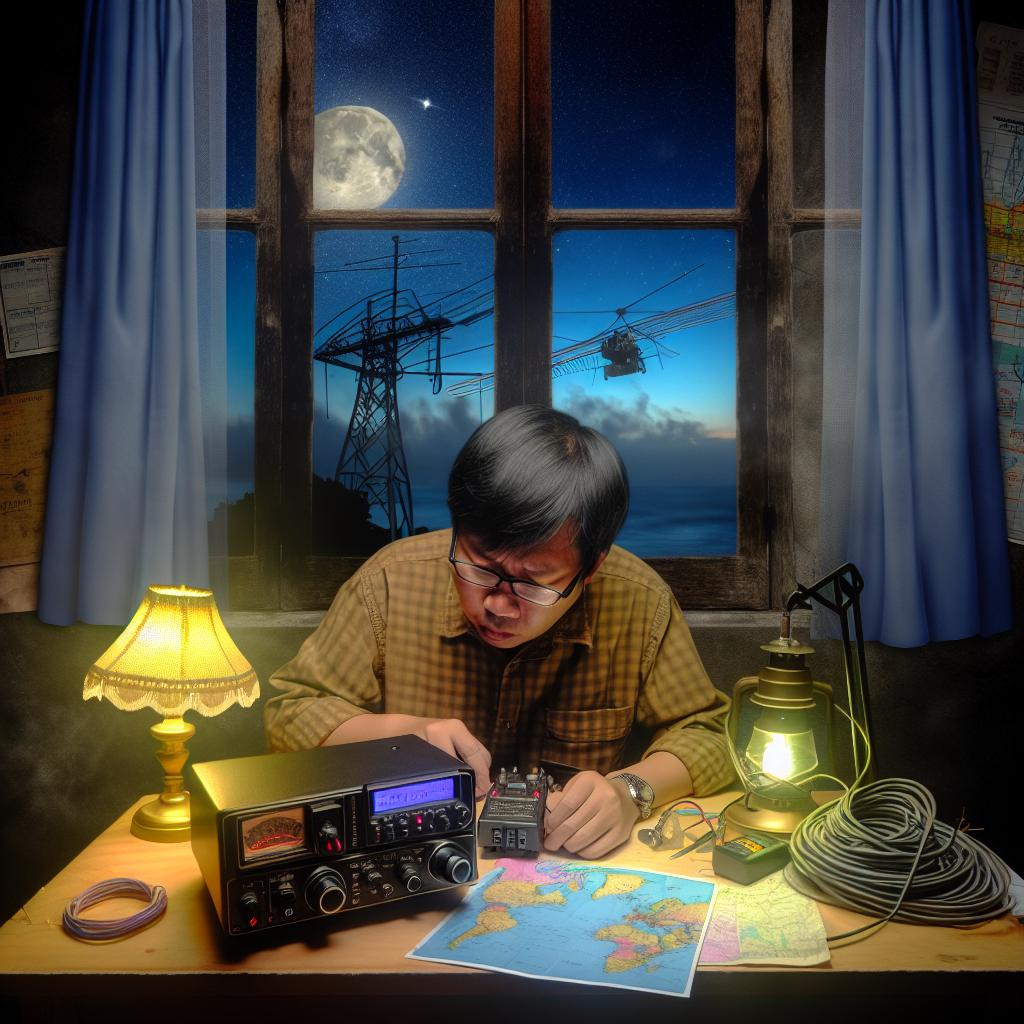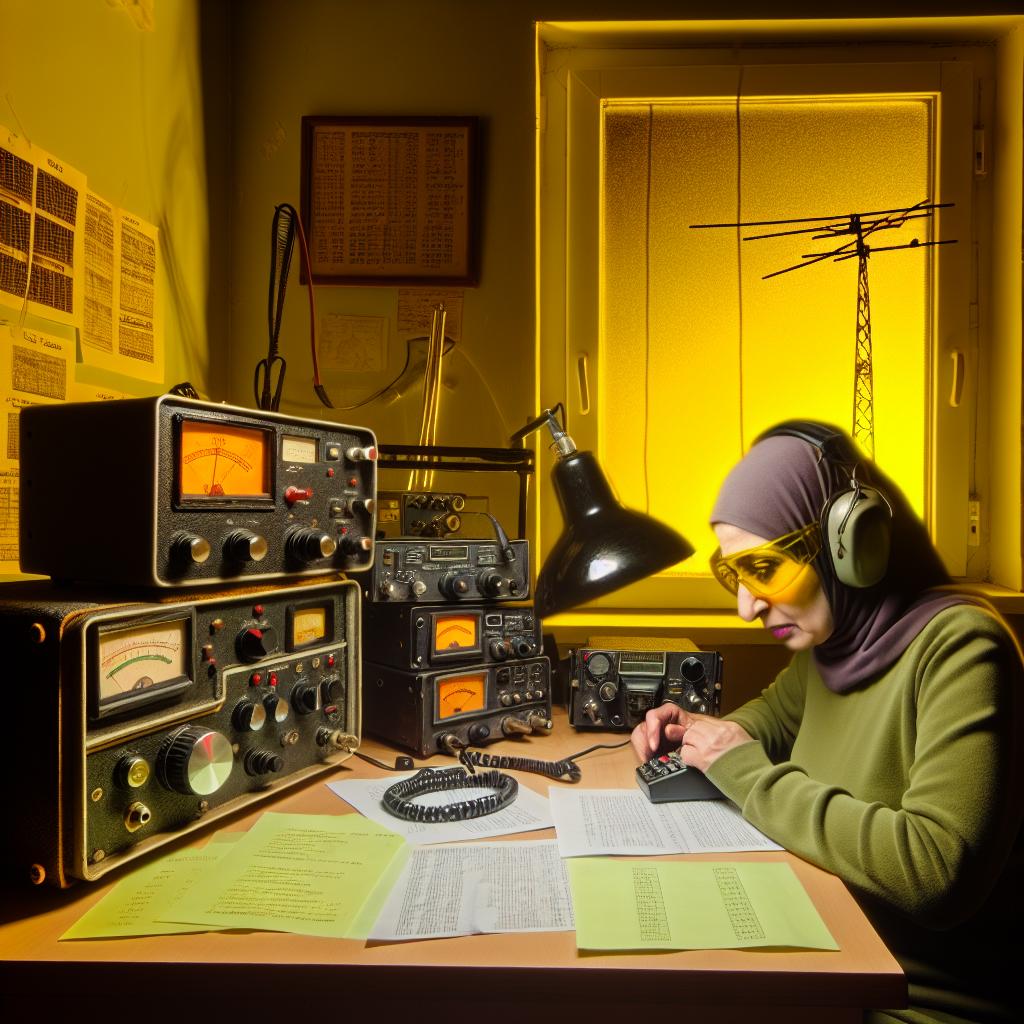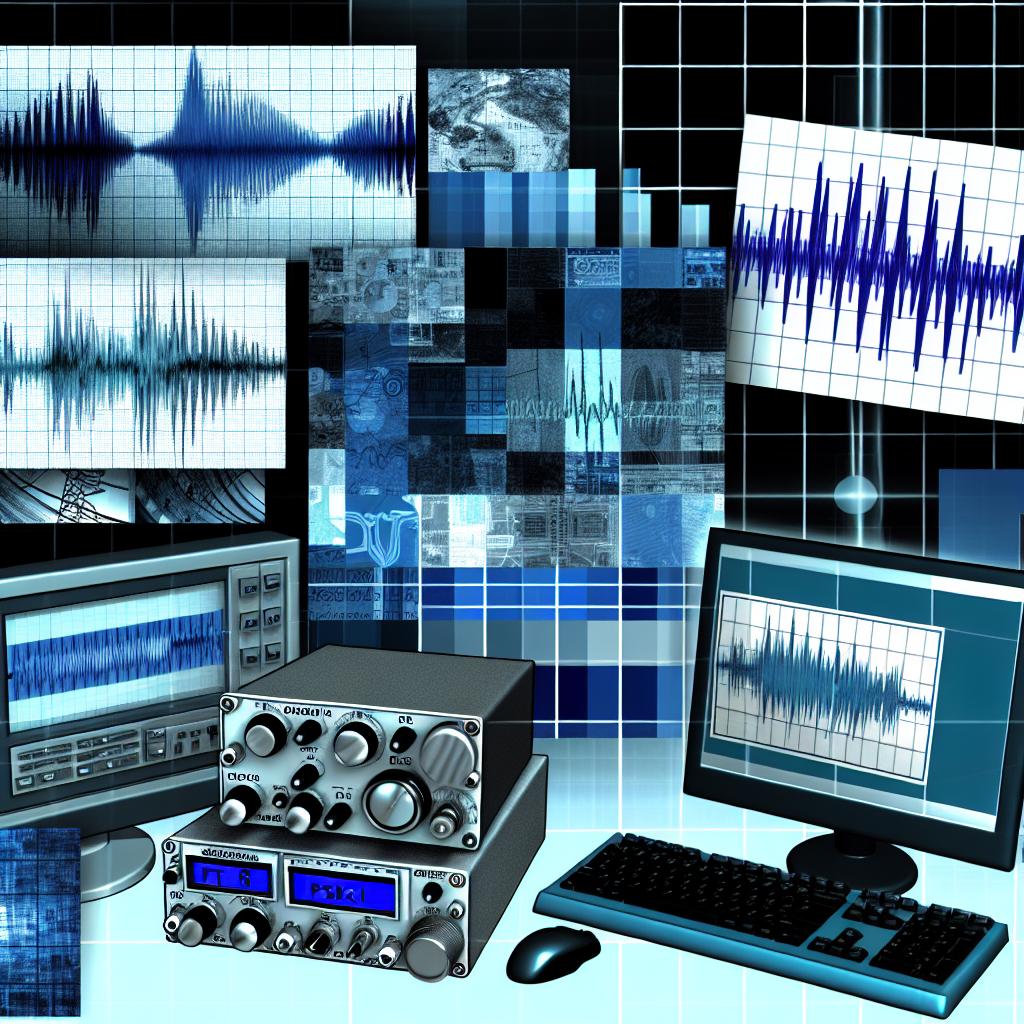Understanding Repeaters in VHF/UHF Communications
Repeaters play a crucial role in VHF (Very High Frequency) and UHF (Ultra High Frequency) communications, significantly extending the range of radio signals. Understanding how they function is essential for anyone involved in amateur radio or professional communication services. By serving as intermediaries between radio users over long distances, repeaters enable seamless communication across vast areas that would otherwise encounter signal obstructions.
What Are Repeaters?
In the context of VHF/UHF communications, a repeater is an electronic device that receives a weak or low-level signal and retransmits it at a higher power level. This function helps overcome obstacles such as buildings, terrain, or simply the curvature of the Earth that can hinder direct radio communication. By doing so, repeaters effectively bridge the communication gap between two radio stations that are unable to communicate directly due to physical barriers.
The Basic Functionality of Repeaters
Repeaters operate by receiving signals on one frequency, known as the input frequency, and exporting those signals on another frequency, called the output frequency. This dual-frequency system is crucial because it prevents the repeated signal from interfering with the incoming signal. The separation of these frequencies ensures that the communication process remains clear and intelligible.
Key Components
A typical repeater consists of several essential components that work together to facilitate its operation:
1. Receiver: Captures the incoming signals, which are typically weak and difficult to pick up over long distances.
2. Transmitter: Broadcasts the amplified signals, thus extending their reach significantly.
3. Duplexer: Allows the receiver and transmitter to operate simultaneously on the same antenna without interference. This component is vital for the repeater’s ability to listen and send signals concurrently.
4. Controller: Manages the repeater’s operations, including signal identification and timeout functions, which prevent the repeater from staying keyed indefinitely.
These components must be integrated and synchronized precisely to ensure efficient repeater operation, thereby maximizing the coverage area and maintaining signal clarity.
Types of Repeaters
Repeaters can be categorized based on their location and functionality. There are fixed repeaters, generally installed on high structures like towers or buildings, ensuring optimal coverage by taking advantage of the elevation. Fixed repeaters are instrumental in providing a wide-band communication network and are often employed in urban and rural areas to maintain a consistent signal reach.
Mobile repeaters, on the other hand, are used in vehicles to extend communication within specific operational zones. They serve as essential tools in emergency services and public safety, enabling communication over areas where infrastructure might be lacking or temporarily unavailable. These varieties serve different purposes, from expanding a network to bridging gaps in coverage, thus ensuring robust and reliable telecommunications.
Setting Up a Repeater
Deploying a repeater involves several considerations, such as selecting appropriate sites for maximum reach and minimal interference. The location plays a significant role in determining the repeater’s effectiveness, as it must be strategically placed to cover as wide an area as possible while avoiding signal shadowing caused by terrain or buildings.
Apart from site selection, licensing requirements, frequency allocation, and legal regulations must also be observed. Governing bodies typically impose guidelines to prevent interference with other communication systems, requiring operators to adhere to specific protocols.
A thorough understanding of electromagnetic theory and practical skills in antenna setup are essential for effective repeater deployment. Technicians need to ensure that the antennas are configured correctly for optimal signal reception and broadcast, considering factors such as antenna gain, polarization, and the surrounding environment.
The Importance of Repeaters in Communication
Repeaters are indispensable in emergency communications, where reliable connectivity is critical. In situations where natural disasters or infrastructural failures disrupt conventional communication channels, repeaters ensure that emergency services remain operational, facilitating coordination and response efforts.
They are also used in public service radio networks, enhancing communication among agencies like the police, fire service, and search and rescue teams. These networks allow for real-time communication, data sharing, and incident management, proving crucial in maintaining public safety and security.
Moreover, repeaters are central to amateur radio operations, allowing radio enthusiasts to engage in longer-distance conversations. These hobbyists, often referred to as “hams,” utilize repeaters to communicate across vast distances, fostering community and knowledge-sharing. Repeaters thus not only serve a practical function but also contribute to the social and educational aspects of amateur radio.
Challenges in Repeater Usage
Despite their benefits, repeaters are not without challenges. Interference from other electronic devices, such as cellular phones and wireless networks, can degrade signal quality and affect communication clarity. Additionally, repeaters are vulnerable to weather conditions, which can influence their performance by affecting signal strength or causing physical damage to the equipment.
Regular maintenance and strategic placement help mitigate these issues. Routine checks ensure that the equipment is functioning correctly and that any potential problems are addressed promptly. Moreover, selecting locations less prone to interference and environmental damage is crucial in maintaining a stable communication network.
Conclusion
Understanding the role and functionalities of repeaters is vital for anyone involved in VHF/UHF communications. These devices are not only integral to extending the reach of radio signals but also vital in connecting communities and ensuring effective communication in both routine and emergency situations. Their ability to bridge distances and overcome geographical barriers makes them indispensable tools in the modern communication landscape. As technology advances, the continued evolution and enhancement of repeater systems will likely play an even more significant role in global communications, supporting not just amateur radio operators but also professional communication services and emergency response teams worldwide.



